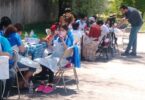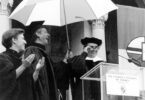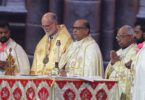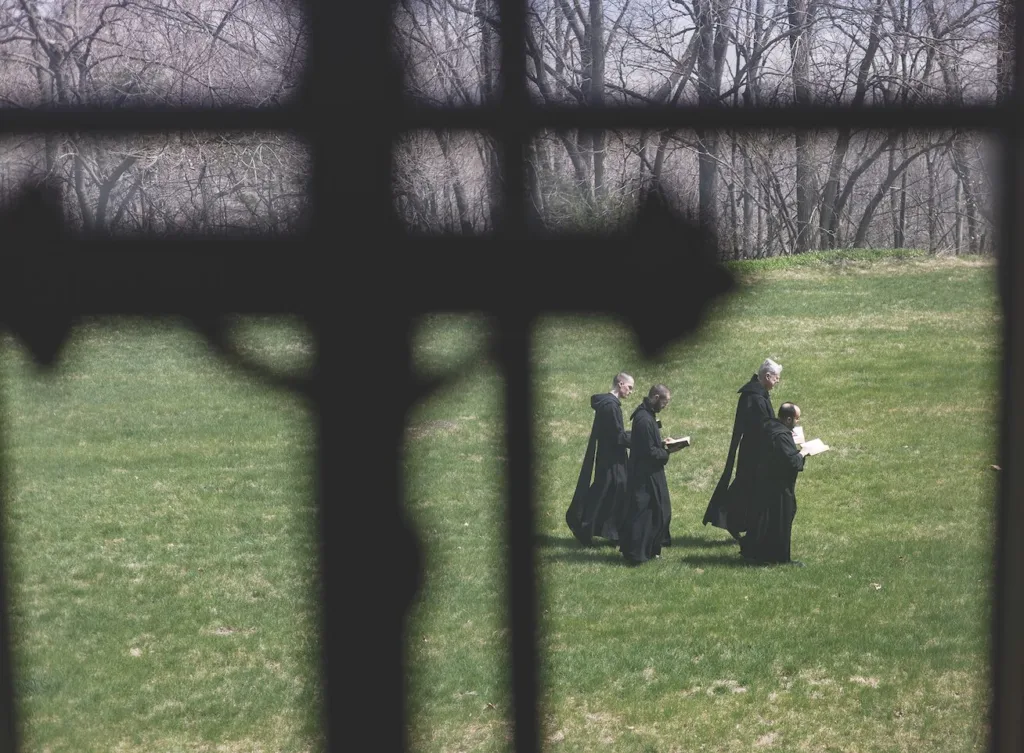
by Maria Wiering
(OSV News) — Nearly 15 years after spending a summer at the Abbey of Regina Laudis in Connecticut living alongside its Benedictine nuns, Jane Sloan Peters still recalls the tinge of frustration she would feel when the bells tolled, signaling the need to set aside work and head to prayer.
“I’m the kind of person that wants to just complete something before I move on to something else. And we couldn’t, you know. We had to stop weeding the hill halfway through and go up” for prayer, she said. “And then, you know, maybe you could go back to the task, or maybe it would be time for something else.”
While monks and nuns may interrupt their work to keep the prayer hours of their day, stopping a task at a predetermined time is a common mainstream productivity practice.
Jeroen Kraaijenbrink, a strategy expert and business consultant in Amsterdam, uses the method himself.
“You stop when the bell rings, and preferably that’s right in the middle of something, because when you stop right in the middle of something, it’s much easier to start again,” he told OSV News. “It’s kind of a time management aspect of the monastery life that makes you very productive.”
In the world of time management, monasticism has been touted as a source of tools for achieving a desired lifestyle. Headlines in Forbes, Fast Company, Business Insider and elsewhere in 2023 highlighted the productivity hack of going “monk mode” — a period (hours to weeks) of deeply focused work, often particularly free of social media. While at least a decade old, the idea appears to have had a resurgence, and alludes to monks in either Western or Eastern religious traditions.
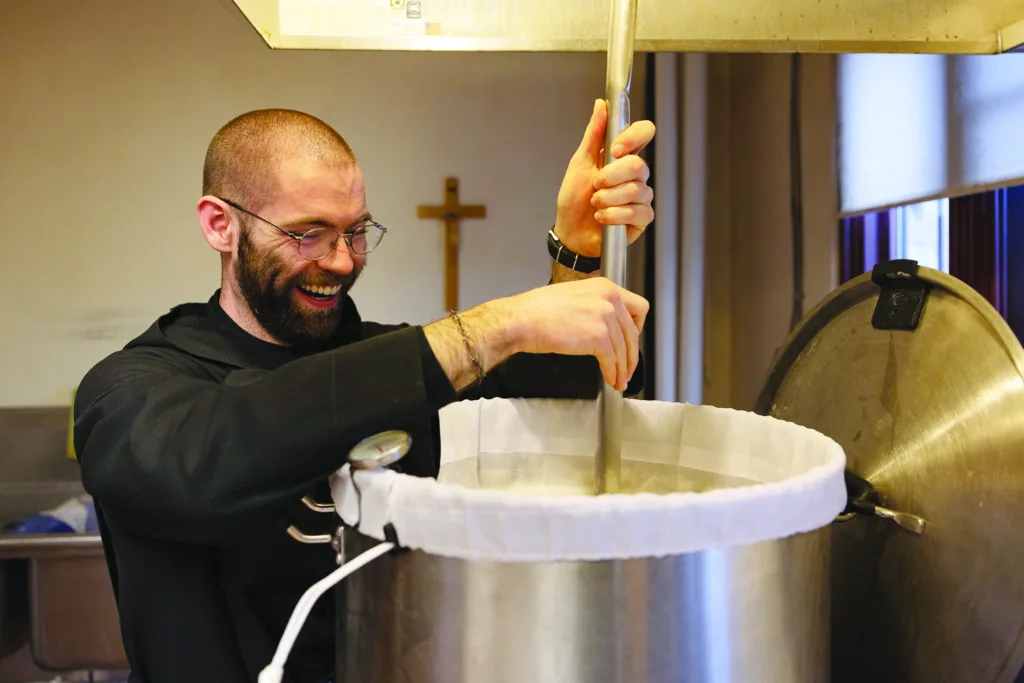
Kraaijenbrink himself drew from the Rule of St. Benedict for his 2019 book, “No More Bananas: How to Keep Your Cool in the Collective Madness.” Unlike his other strategy-focused books, he said “No More Bananas” belongs in the self-help genre, and grew out of his personal efforts to find peace in a world that often feels “out of control.”
Kraaijenbrink and others, however, are skeptical about approaches that aim to reduce monastic wisdom to techniques and “hacks.” Rather, that wisdom is rooted in principles and practice, he said. In his own search, he spent time in a nearby Benedictine monastery, and said he still draws on what he learned — the importance of obedience, practicing silence and speaking less.
“It’s not about the grand gestures,” Kraaijenbrink said. “It’s about living life in a humble way” with appropriate flexibility — an approach that might resonate with people as they consider how to shape their lives in 2024.
St. Benedict of Nursia (480-547) and other monastic fathers and mothers were concerned with using time well. Often considered the father of Western monasticism, St. Benedict outlined the monastic day in his rule, organizing periods for individual and communal prayer, sleeping, eating, spiritual reading and study, and manual labor. The rule — often summarized as “ora et labora,” prayer and work — continues to shape the rhythms of Benedictine monks and nuns, as well as Trappists and Cistercians.
Like people today, medieval monks and nuns struggled to overcome distraction in their mental work and prayer, said Jamie Kreiner, a history professor at the University of Georgia and author of “The Wandering Mind: What Medieval Monks Tell Us About Distraction,” published in January 2023.
“They definitely were really sophisticated thinking about this problem (of distraction) but . . . they were the first to admit this (attention) is really hard, and we’re struggling a lot,” she said.
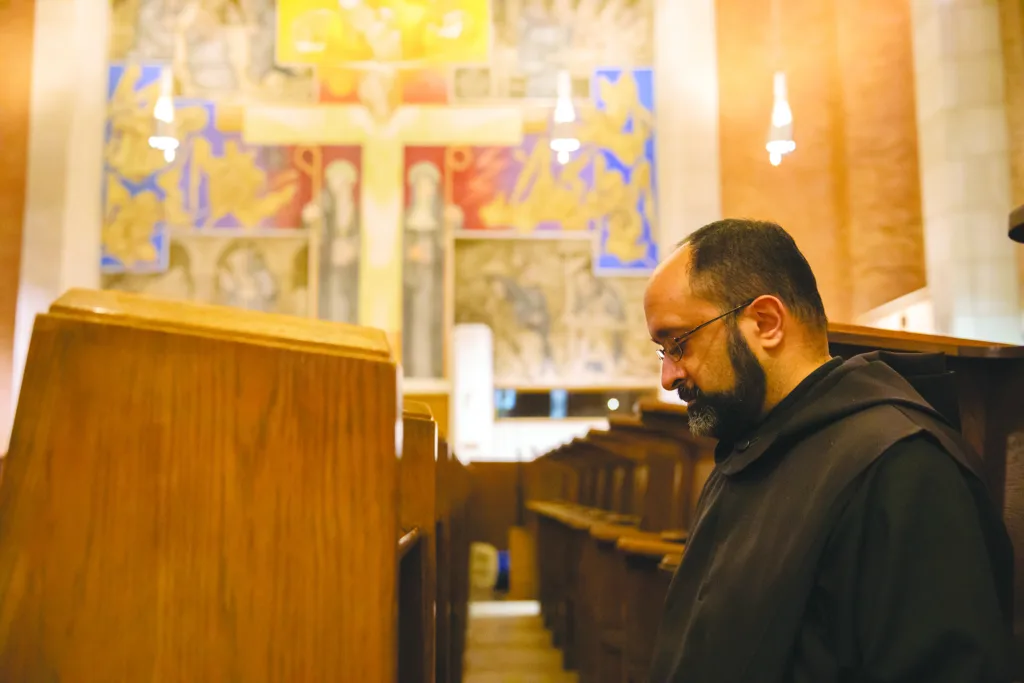
Kreiner, an expert in early medieval history, said that she wrote “The Wandering Mind,” in part, to highlight the complexity of medieval monasticism and to push back against “treating monks like they figured it all out.”
Her book makes the point that distraction isn’t a modern problem. “We kind of see early monks as being in this golden age when everyone could just concentrate on whatever they wanted all the time,” she said, “but they actually found out that when they made the choice to dedicate themselves to concentrating as really their professional and spiritual orientation, they still really struggled, even though they wanted to concentrate.”
Monks “saw your attention as something that wasn’t just about telling yourself to try harder,” she said. “You have to see your mind as being tied to all these different layers of experience. So you had to think first about what your goals were and what you wanted from the world. And you had to make decisions about what to say no to, or cut out of your life.”
Those decisions included how to approach friendships, time, schedules, books and technology, care for body and mind, and even memory.
“We tend to sort of focus mostly on personal hacks, or individual hacks — and those can help, and monks have those — but it was much more systemic and complex for them,” she said.
Steven Lawson taps into that holistic approach to living through the Monk Manual, a productivity system he developed and launched in 2018. It’s based on a 90-day planner designed to help its users prepare, act and reflect, but has expanded to include larger goal-setting tools and coaching.
He noted that monks, while approaching work with a “different value set” than much of the post-industrial world, have historically been strong producers, with monasteries serving as “centers of innovation where incredible things take place.”
The idea for the Monk Manual system, he told OSV News, originated with an article a friend shared that considered the Rule of St. Benedict as “a form of spiritual technology, as in something that is a system, a tool, created by an individual that makes some aspect of life much easier or more efficient or more effective — in this case, human flourishing.”
“That got me thinking about monasticism in a different way — that monasticism is actually designed around a particular function, and a lot of times when we look at monks, they actually seem very foreign to us, and maybe even inaccessible,” he said. “But what I saw was that a lot of what we see doesn’t apply to us in monasticism is the external forums, but the functional elements actually apply to all of us.”
Lawson, a Catholic who has spent time at St. Vincent Archabbey in Latrobe, Pennsylvania, said he thinks monasticism has wide appeal because monks “show a different model for what life can look like, and I think that’s attractive,” he said. “Whether someone is religious, spiritual but not religious, just purely secular, across the board — the majority sentiment is there’s a lot that isn’t working for people today. There’s something missing.”
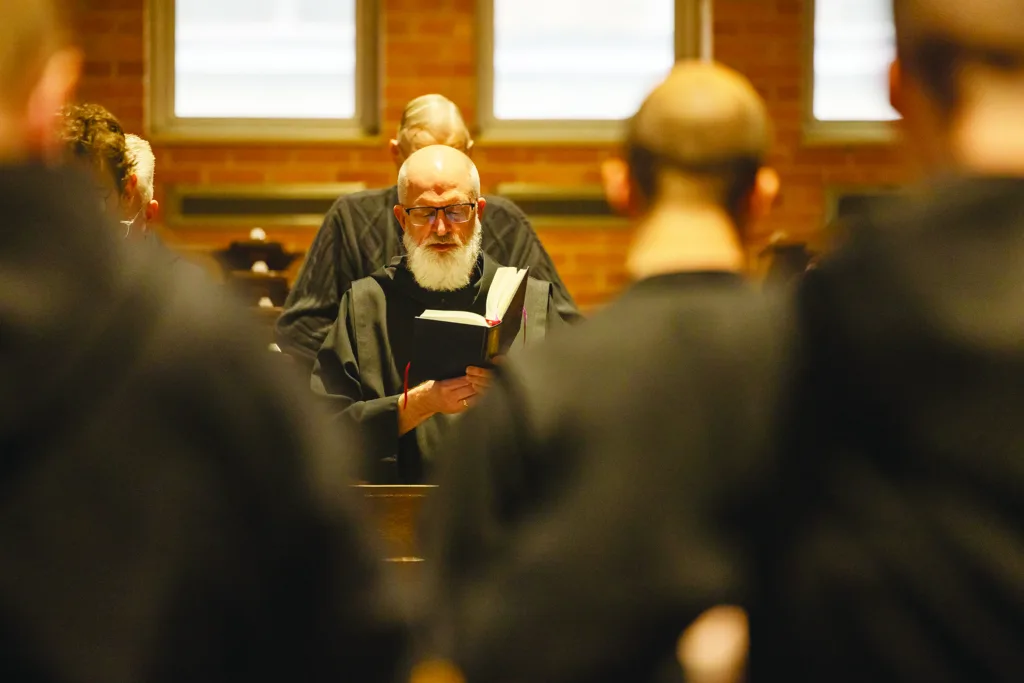
Father Christian Raab, a Benedictine monk of St. Meinrad Archabbey in southern Indiana, suspects the ubiquity of the smartphone and the upheaval of the COVID-19 pandemic have kindled new interest in monastic habits as a potential panacea for widespread challenges.
The smartphone has “heightened the level of our distraction significantly,” he told OSV News. “It’s a wonderful tool that connects us to so many things. It can also rob us of our interiority. And so, we’re never bored, instead we’re scrolling. We don’t take the time to be reflective. Some people get addicted to various things on their phones and they end up feeling like a slave.”
Meanwhile, pandemic-related upheaval also prompted many people to reevaluate their priorities and “question the rat race,” said Father Raab, associate professor of systematic theology at St. Meinrad Seminary and School of Theology, and associate pastor of St. Joseph Parish in Jasper, Indiana.
“I think it’s the call of freedom that attracts people to monasticism,” he said. “They want more freedom from distraction and noise.”
He thinks, however, that some time-management approaches that highlight monks romanticize monasticism, or are founded in a vision of monasticism that doesn’t actually exist.
Monasticism is a form of religious life, and as such, it includes prayer, community, service and the proclamation of the kingdom, he said, noting that Benedictines have the particular value of stability and charism of hospitality.
“That’s what I think the right definition is, but if you talk to most people, what they mean by monasticism — they’re thinking mostly in terms of people who leave the world and are really trying to make a break from noise and distraction in order to perhaps heighten their spiritual connection,” he said.
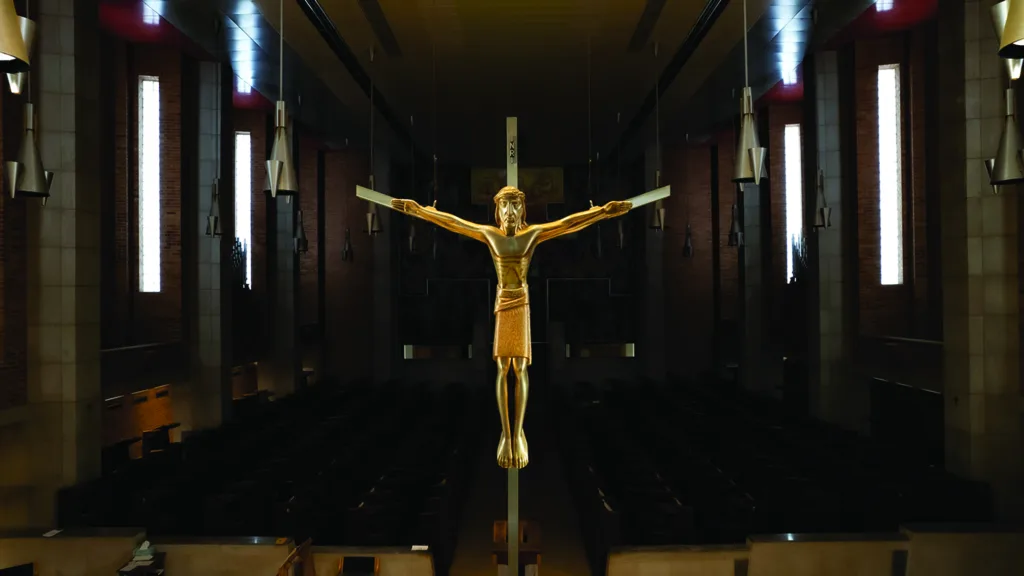
While the “fuga mundi,” or “flight from the world,” is an aspect of monasticism that allows monks to pursue God in a more concentrated way, Father Raab said, “it’s perhaps not as total as some people on the outside imagine it is, or it characterizes maybe part of our day, or certain phases of our life, like the novitiate.”
If an aspect of monasticism deserves more attention, it’s stability, Father Raab said.
“We have a very rootless, mobile society and . . . it’s really culturally impoverished and people feel that,” he said. “I think they’re depressed by the fact that every stop on the Interstate looks exactly the same. People just want a richer experience of community and culture and identity.”
Kraaijenbrink said listening well is another monastic practice worth adopting.
“As a consultant, as a mentor, one of the key skills is listening, and not just listening to the words, but being very sensitive to also what is not said,” he said. That also applies to what one hears interiorly, he added.
Likewise, he applies “lectio divina” — a way of slowly reading and rereading, open to divine inspiration through a text, usually Scripture — to all reading, including social media.
“Whenever you read a post, don’t just scroll to the next one, but wait until something really resonates. Stop, let it sink in, so that way even social media can be used in a Benedictine fashion,” Kraaijenbrink said.
Peters, now an assistant professor of religious studies at the University of Mount St. Vincent in Riverdale, New York, said her time at Abbey of Regina Laudis helped her connect prayer and work.
“The stuff you’re doing with your hands and the things you’re giving attention to can inform and give a kind of a shape to your spiritual life,” she said. Pulling garden weeds, for example, makes space to ask “what does it look like to pull the weeds in your heart? Your imagination is fueled in very concrete ways to bring that back to your spiritual life.”
Peters’ experience also influences how she thinks of time and interruption. She aims to better accept interruption for the purposes of prayer or charity — an approach she finds especially helpful as the mother of two young sons.
“It proposes a kind of humility,” she said, “like, what you’re doing right now is important, and there are things that are more important, and you’re kind of putting your work in its proper perspective in the grand scheme of things.”



